A 41,000 sq m waste-to-energy plant crowned with a ski slope, designed by Bjarke Ingels Group (BIG), has opened to the public in Copenhagen.
The CopenHill plant, which also has an outdoor hiking trail and climbing wall, will integrate the latest waste treatment and energy production technologies as well as acting as an urban recreation centre and environmental education hub.
The 9,000 sq m artificial ski slope will contain an Olympic half-pipe, freestyle park, timed slalom course and gentler lower slopes for beginners. Skiers can travel to the slopes using a platter lift, carpet lifts or glass elevator.
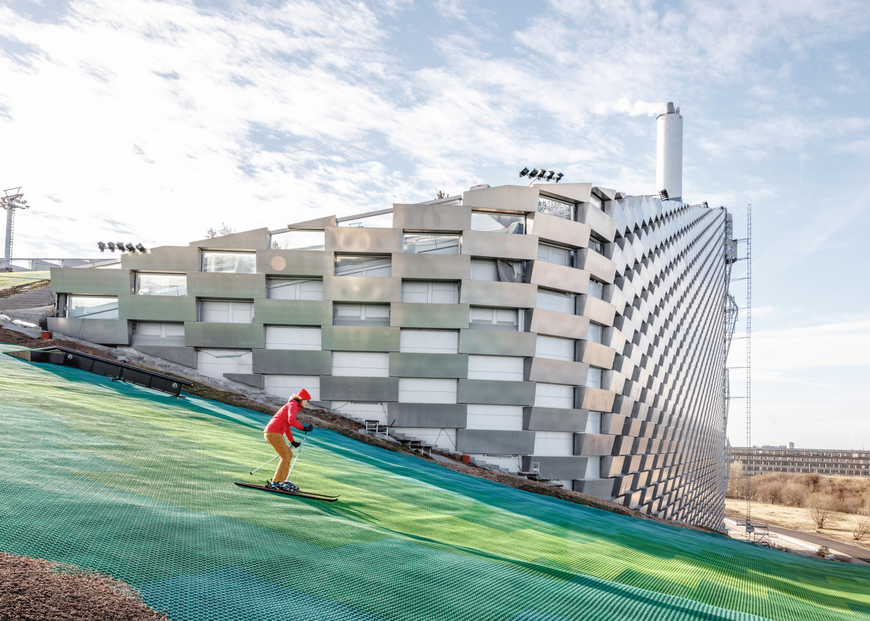
A 490m-long tree-lined hiking and running trail was designed by Danish Landscape Architects SLA.
The world’s tallest artificial climbing wall at 85m is placed on the project’s longest vertical façade.
Those not wishing to ski, hike or climb can visit the rooftop bar for Copenhagen’s highest viewpoint. At the bottom of the development is a 600 sq m après-ski bar.
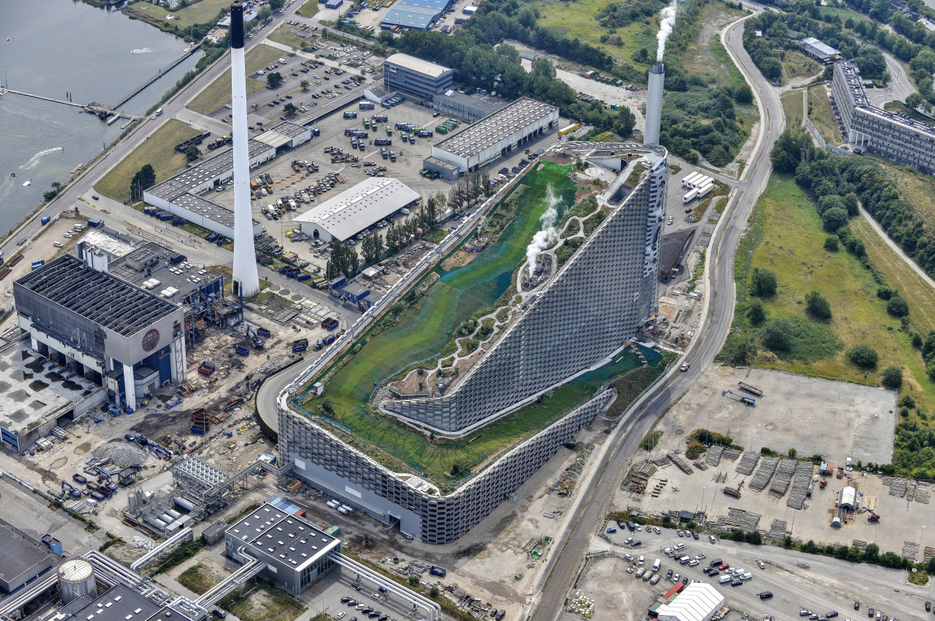
The 10,000 sq m green roof also acted as an environmental buffer, levelling the micro-climate of the 85m high park, while absorbing heat, cleaning the air and minimising the stormwater runoff.
The plant can convert 440,000 tons of waste a year into clean energy, providing electricity and heating for 150,000 homes. Inside are 10 floors of administrative space, and a 600 sq m education centre for academic tours, workshops and sustainability conferences.
The project hopes to aid Copenhagen’s goal of becoming the world’s first carbon-neutral city by 2025.
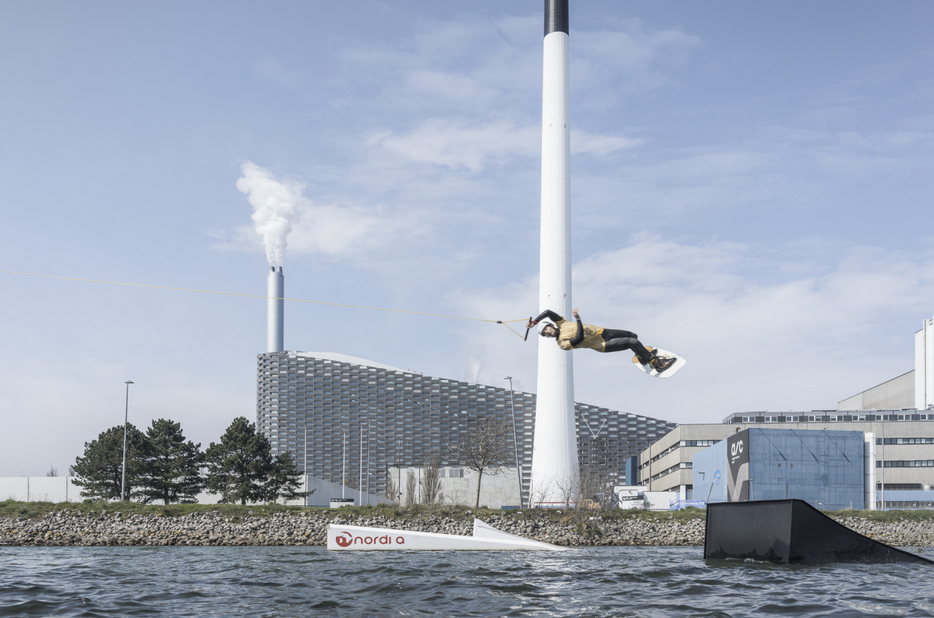
Bjarke Ingels is quoted on BIG’s website, saying: “CopenHill is a blatant architectural expression of something that would otherwise have remained invisible: that it is the cleanest waste-to-energy power plant in the world. As a power plant, CopenHill is so clean that we have been able to turn its building mass into the bedrock of the social life of the city – its façade is climbable, its roof is hikeable and its slopes are skiable.
“A crystal clear example of Hedonistic Sustainability – that a sustainable city is not only better for the environment – it is also more enjoyable for the lives of its citizens.”
CopenHill was announced in 2014.
Images courtesy of BIG
Comments
Comments are closed.

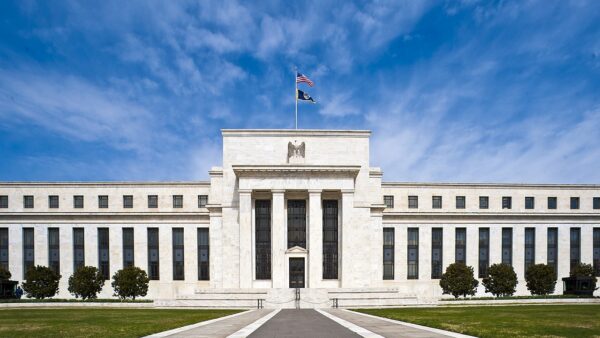
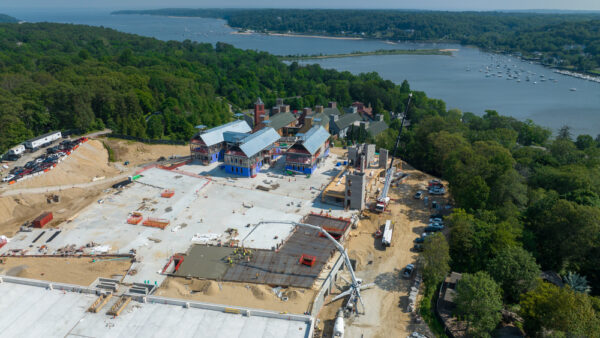
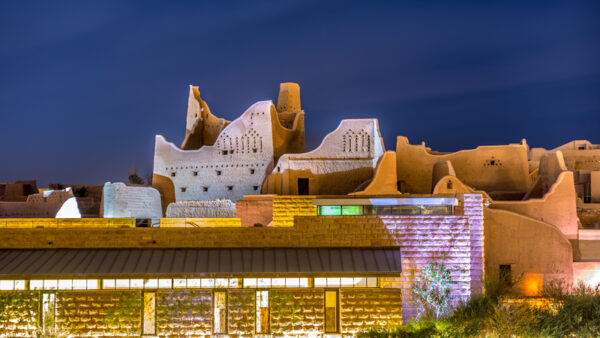



Brilliant project